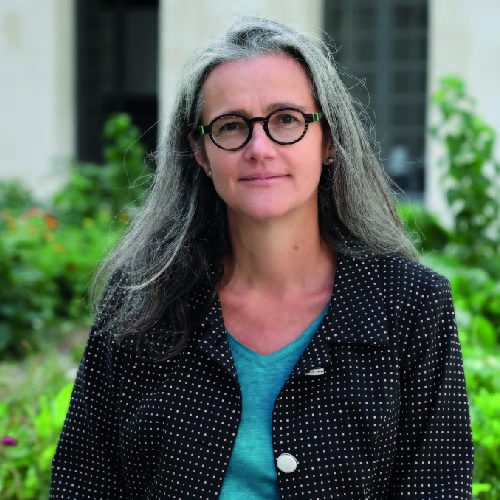AESOP 2024 ANNUAL CONGRESS | SPECIAL SESSIONS
36th AESOP Annual Congress 2024 Paris, France
“GAME CHANGER? Planning for just and sustainable urban regions”
Educational infrastructure between spatial planning and territorial governance: a multiscalar perspective
Organizers:
- Cristina Renzoni, DAStU – Politecnico di Milano
- Holger Jahnke, Department of Geography - Europa-Universität Flensburg
Speakers:
- Angela Million, TU Berlin
- David Giband, UPVD - Université de Perpignan
- Geoffrey Grulois, ULB - Université libre de Bruxelles
- Cristina Renzoni, DAStU – Politecnico di Milano
- Holger Jahnke, Department of Geography - Europa-Universität Flensburg
This session on territorial governance and educational infrastructure stems from two main assumptions.
The first recognizes the centrality of the school, in its public and civic value, not only as a material and immaterial expression of a fundamental right of citizenship but also as an urban and territorial barycentre for a plurality of subjects whose residential, work, and value choices intersect with school contexts on several occasions. The school represents one of the infrastructures of everyday life that pervasively inform our lives: it contributes to constructing shared cultural representations and experiences; it punctuates the times of day of pupils, teachers, families, and workers; it structures the rhythm of the day, week, holidays, and seasons; and finally, it can assume a role in defining the centrality and peripherality of cities and territories. Evidence shows, in a non-deterministic key, that there are numerous life trajectories and individual and group destinies conveyed by the school (in confirming, for example, through scholastic successes and failures the social conditions and backgrounds) and by the specific context within which it operates (in consolidating processes of scholastic segregation, for example, or in supporting some study paths over others). In this perspective, schools' location, conditions, and functioning have an extremely significant impact.
The second assumption, closely connected to the first, focuses on the territorial dimension of the school and recognizes the need and urgency to construct an integrated view that grasps the spatial implications at different scales (national, regional, supra-local, and local) of localization choices, school sizing, and planning as an essential lever in the field of social equity and combating territorial disparities. Schools can impact socio-spatial structures and processes within cities, such as mobility patterns, residential choices, gentrification processes, or urban decline; in the case of smaller municipalities, a school's (non)existence might even determine a community's future.
Evidence shows how much the presence and good functioning of a territory's educational and cultural infrastructure contributes to a more general quality of life for minors and adults and significantly affects children's healthy life expectancy. The relations between schools and contexts can contribute to consolidating or, on the contrary, to counteracting specific dynamics of progressive social and spatial marginalization through geographies of educational supply and school sizing policies, conditions of accessibility, and socio-spatial phenomena that require multidimensional and integrated approaches. Despite their central role in the socio-spatial realm, decisions about individual schools concerning profile, teaching staff, infrastructural equipment, or even school closure are often taken elsewhere.
Keywords: School infrastructure, Educational Landscapes, Spatial Planning, Territorial Governance
LOC
The Local Organising Committee













